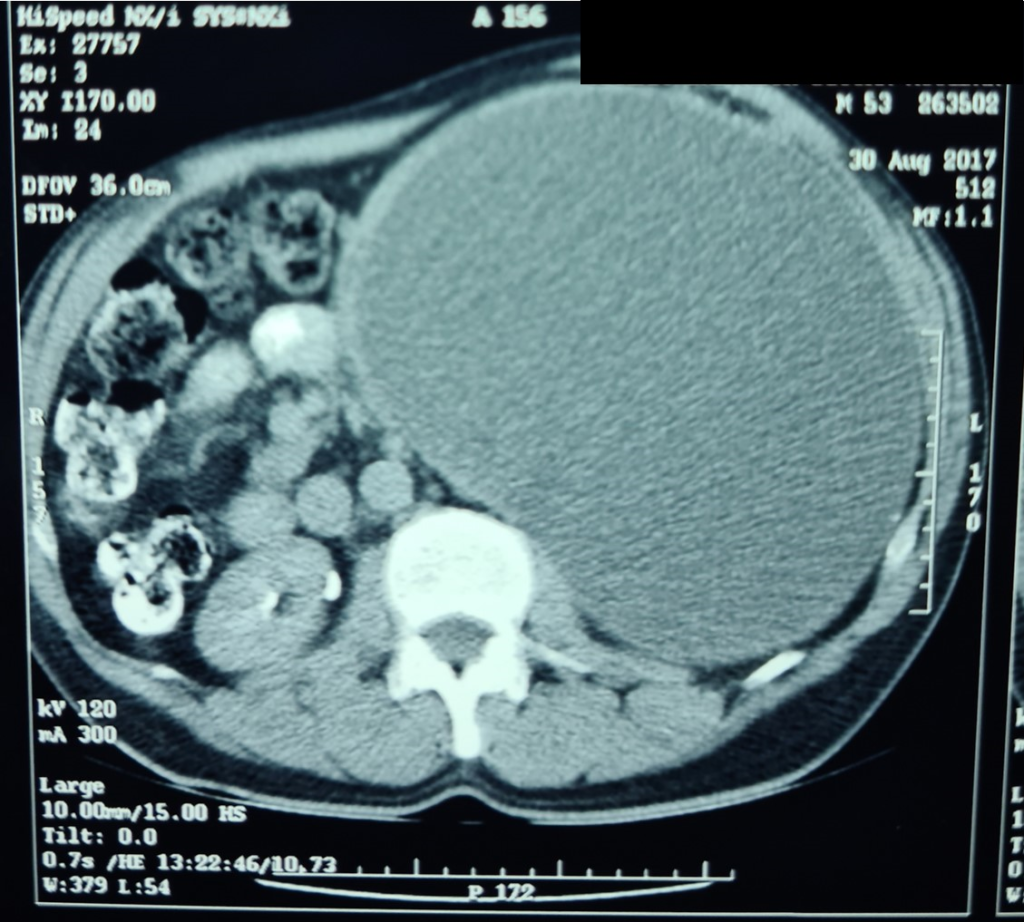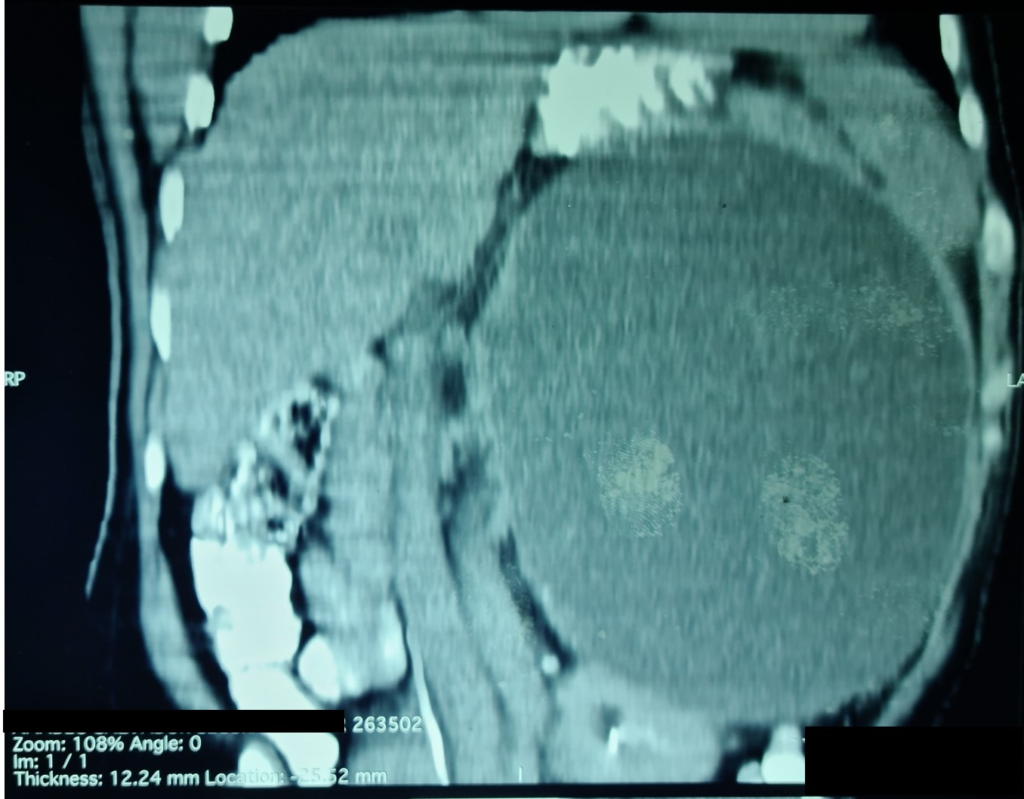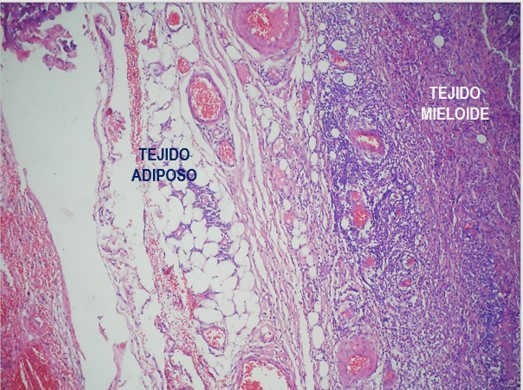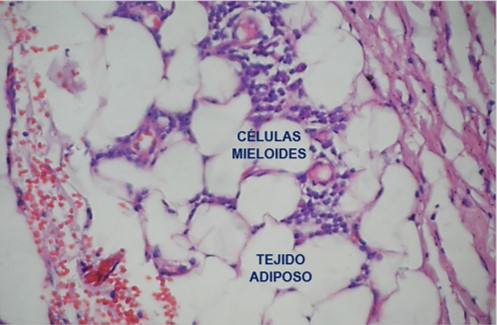García-Orozco Víctor Hugo1*, López-Yerena Iván2, Solar-Aguirre Carlos3, Ibarra-Ocampo Carlos M3, Castillo-Montero Alan-G4
1General Coordinator of the Medical Specialties Unit (UNEME) Ambulatory Surgery, Nayarit Health Services, Mexico
2General Surgery and Advanced Laparoscopy, General Hospital, Mexican Social Security Institute. Puerto Vallarta, Jalisco, Mexico
3Surgeon General, Civil Hospital of Tepic, Nayarit Health Services, Mexico
4Surgeon General, General Hospital of Zone, Mexican Institute of Social Security, Bay of Banderas Nayarit, Mexico
*Corresponding Author: García-Orozco Victor Hugo, General Coordinator of the Medical Specialties Unit (UNEME) Ambulatory Surgery, Nayarit Health Services, Mexico; Email: victor-garcia.cirugí[email protected]
Published On: 30-09-2021
Copyright© 2021 by García-Orozco V , et al. All rights reserved. This is an open access article distributed under the terms of the Creative Commons Attribution License, which permits unrestricted use, distribution and reproduction in any medium, provided the original author and source are credited.
Abstract
Adrenal myelolipomas are a benign and infrequent tumor, with adipose and hematopoietic composition; generally asymptomatic, in which the size varies from a few millimeters to some large ones that cause symptoms due to compression (mainly chronic and diffuse abdominal pain). We present the case of a 54 year old male patient with a long-term clinical course characterized by chronic abdominal pain, constipation and progressive volume increase, a large retroperitoneal mass was observed in the computerized tomography, so he underwent surgery for tumoral resection obtaining histopathological result of adrenal myelolipoma.
Keywords
Myelolipoma; Suprarenal; Retroperitoneal; Abdominal Pain
Introduction
Myelolipomas of the adrenal glands belong to a rare group of benign neoplasms, composed of mature adipose and hematopoietic tissues, are considered hormonally inactive and are included within the group of stromal and mesenchymal tumors of the adrenal cortex according to the current classification of the World Health Organization [1-3]. First described by Edgar von Gierke in 1905; it was until 1929, when Charles Oberling coined the name myelolipomatous formation [2]. A complete etiology has not been established, however, some hypotheses suggest being remnants of embryonic ectopic myeloid tissue, heterotopic hyperplasia of reticuloendothelial cells, embolism of bone marrow elements and metaplasia of hematopoietic cells by stimuli such as necrosis and proinflammatory elements [1,2,4]. Previously, these tumors were discovered in autopsy with a incidence of 0.08 to 0.20%, currently they correspond to 3-5% of all primary adrenal tumors 62% have adrenal location, usually unilateral [2,5]. They can also be found in the presacral location (48-50%), thorax, retroperitoneum, pelvis, stomach and perianal [5]. The majority of myelolipomas are asymptomatic and are found incidentally in imaging tests being located within the so-called “incidentalomas”, which are found when performing imaging studies not intended for evaluation or by surgical finding [6]. The use of high-resolution imaging has led to an increased rate of incidental detection of unilateral adrenal masses, which most commonly are benign non-functioning adrenal adenomas. Patients with bilateral adrenal masses are rarely encountered [7]. When they present symptomatology, abdominal pain is the most frequent, however, they can also cause symptoms due to mechanical compression as hematuria or renovascular hypertension. They can be complicated by rupture and necrosis, with retroperitoneal hemorrhage (Wunderlich’s syndrome) [2,6]. In the last 15 years it has increased more than ten times its diagnosis, due to the use of high resolution imaging techniques such as ultrasonography and computerized axial tomography. Nuclear Magnetic Resonance (NMR) has been used to complement and make a more precise differential diagnosis with other pathologies [1,2].
Case Report
A 54-year-old male patient with no relevant clinical history attended the clinic in the general surgery department due to a case of approximately 8 months evolution, characterized by diffuse abdominal pain of mild intensity, unrelated to triggers, accompanied of progressive abdominal distention predominantly in the left abdomen with an increase in volume not related to food intake, also referring to the sensation of abdominal fullness and intermittent constipation. During the study protocol, a firm mass was felt in the left abdomen, painful and not mobile. The patient denies weight loss, temperature increases and other symptomatology. Abdominal computed tomography was performed, which shows a large formation of cystic characteristics in the left abdomen 43×31 cm (Fig. 1 and 2) which does not allow to delimit its origin due to the large size. Surgical protocol is completed and performed surgery by open approach by exploratory laparotomy (Fig. 3) in which the following findings are found: retroperitoneal tumor with left renal displacement, liquid content not cloudy, friable wall, adhered to left kidney, transverse, descending colon and mesentery, to which partial resection is made with marsupialization of residuary tissue, an hystological transoperative study is requested by imprint without evidence of malignancy, for which silicone closed drainage is placed and concludes procedure in a usual way without complications. During the postoperative period, the patient went uneventful, being 4 days after discharge for follow-up by external consultation, waiting for a definitive histopathological result, which concluded in adrenal myelolipoma with cystic degeneration, with the presence of a capsule of fibroadipose tissue alternated with areas of hemorrhage and lymphoid cells without data of malignant pathology (Fig. 4 and 5).

Figure 1: Axial tomography section of the abdomen showing a large cystic-like tumor that displaces intraadominal structures.

Figure 2: Coronal tomography section of the abdomen showing a large cystic-like tumor that displaces intraadominal structures.

Figure 3: Pre-surgical image showing an increase in volume in the predominantly left abdomen.

Figure 4: Histological section showing myeloid and adipose tissue as a component of myelolipoma.

Figure 5: Histological section showing celulas myeloid and adipose tissue as a component of myelolipoma.
Discussion
Myelolipomas are round or elliptical tumors with variable diameter from a few millimeters to 43 cm, with an average of 10.2 cm according to reported analyzes, lesions larger than 1 cm in cross-sectional images refer to incidentalomas and those that exceed 10 cm in diameter are called giant myelolipomas; they have been associated with different endocrinological diseases such as obesity, Cushing’s syndrome, adrenal insufficiency or Conn syndrome [3,8]. With advances in quality in imaging studies, they have been detected more frequently, with about 3% to 10% of benign adrenal lesions in the general population, mostly non-functioning adrenal adenomas. Other primary adrenal lesions include adrenocortical carcinomas, cysts and pheochromocytomas [4]. Cortical carcinoma can arise from resting adrenal cells. These have been described in various locations and in the form of accessory or aberrant adrenocortical tissue, they have been located in testis and in the upper pole of the kidney. Infrequently they have been located in the intracranial position, liver and lung. In any case, the development of tumors in these locations is exceptional, especially in their hyperfunctional forms, although they must be taken into account when they originate in the upper pole of the kidney [9]. Some researchers have identified chromosomal translocations (3,21) (q25; p11) in patients with myelolipomas and hematologic malignancies. Because of this, myelolipomas have been considered as an atypical variant of multiple endocrine neoplasia, while others recommend grouping with another group of tumors such as lipomas, teratomas, liposarcomas or angiomyolipomas. In spite of having benign characteristics, the histopathological study and immunohistochemical evaluation is recommended, due to factors that increase the risk of malignancy [10]. The presence of hypertension has also been associated with myelolipoma; among the theories of this relationship, the renovascular mechanism by tumor compression has been postulated, however, other authors consider it an incidental finding in patients with obesity and advanced age [8]. 21-Hydroxylase deficiency has been associated with giant adrenal myelolipomas. In reviews of current literature, 21 cases of 21-hydroxylase deficiency associated with this neoplasm have been found. A plausible hypothesis is the lack of synthesis of cortisol, so that ACTH levels are maintained with persistent elevation, thus amplifying hematopoiesis. Among the histopathological findings, the most common macroscopic features include a capsule or pseudocapsule, with yellow and red / brown surfaces and hemorrhage in the superficial cuts. The pseudocapsule is an outer layer that contains the compressed tissue with a glomerulosa zone and a fasciculated area. In the superficial cuts, the yellowish color corresponds to the adipose tissue, while the red or brown color belongs to the hematopoietic tissue. The characteristic microscopic appearance of the myelolipoma is a dense, occasionally variable adipose tissue. The other constant component is hematopoietic tissue with abundance of erythroids, granulocytic / lymphoid elements, as well as megakaryocytes. Rarely, there are myelolipomatous foci, adrenocortical adenomas or ganglioneuromas [3]. The differential diagnosis includes retroperitoneal lipoma, retroperitoneal liposarcoma, exophytic renal angiomyolipoma, primary or metastatic adrenal neoplasia [2]. Adrenal incidentalomas require surgical treatment when it comes to functioning tumors, more than 4 cm by computed tomography, and those that are indeterminate or malignant, as well as those that present symptomatology due to external compression to adjacent structures [11]. Diffuse and chronic abdominal pain is the most common presentation due to the growth they achieve [12].
Conclusion
Chronic abdominal pain is one of the main reasons for outpatient consultation in the areas of general surgery and gastroenterology, which can encompass from the causes originated in the abdominal wall, those generated by visceral pathologies, metabolic diseases and extra abdominal origin, which includes the thoracic, retroperitoneal and pelvic compartments. Myelolipomas represent a rare and asymptomatic retroperitoneal tumor, which leads to good prognosis due to its benign characteristics. Imaging studies allow us to determine a high diagnostic suspicion and an adequate recognition of lesions prior to surgical resection. However, additional studies and information are needed to understand this entity, its etiology and clinical management, to provide patients with better treatment alternatives.
Conflict of Interest
It is stated that there are no conflicts of interest between the proponents and participants in the present work.
References
- Martínez-Colete O, Nuez-Vilar M, Domínguez-Pacheco N, Vilorio-Haza P, Pereira-Pileta M. Mielolipoma suprarrenal: doce años de experiencia en su diagnóstico, tratamiento y seguimiento. Revista Cubana de Endocrinología. 2018;3(29):1-16.
- Martínez-Cornelio A, Hernández-Toriz N, Alvarado-Cabrero I, Cárdenas-Rodríguez E, Ramos-Salgado F, Jiménez-Morales R. Mielolipoma suprarrenal, revisión de casos en México. Revista Mexicana de Urología. 2008;68(6):334-40.
- Decmann Á, Perge P, Tóth M, Igaz P. Adrenal myelolipoma: a comprehensive review. Endocrine. 2017;59(1):7-15.
- Wadood D, Qureshi D, Singh D, Freedman D. A rare case of co-existing adrenal and pelvic myelolipomas. Radiology Case Reports. 2018;13(5):999-1002.
- Gac EP, Cabané TP, Klein PE, Seymur MC, Segura HP. Mielolipoma suprarrenal gigante. Revista chilena de cirugía. 2012;64(3):292-6.
- Olivar Roldán J, Molina Baena B, Pavón de Paz I, Iglesias Bolaños P, Montoya Álvarez T, Fernández Martínez A. Mielolipoma adrenal gigante: revisión a propósito de un caso. Endocrinología y Nutrición. 2008;55(3):139-41.
- Martínez-Pérez J, Llamas F, López-Rubio E, Serrano A, Salinas-Sánchez A, Ruíz-Mondéjar R, et al. Mielolipoma suprarrenal gigante: hipertensión, insuficiencia renal y rotura espontánea. Nefrología. 2006;26(1):132-5.
- Rivas G, Arango N, Rubiano J, Vargas Y, Sánchez O, Garavito G, et al. Corticoadrenal carcinoma. Literature review. Colombian J Cancerol. 2012;16(2):119-29.
- D’Addosio R, Rojas J, Bermúdez V, Ledesma F, Hoedebecke K. Case Report: An incidentaloma that catches your eye – adrenal myelolipoma. F1000Research. 2017;6:1140.
- Alvarez J, Goldstein L, Samreen N, Beegle R, Carter C, Shaw A, et al. Giant adrenal myelolipoma. J Gastrointestinal Surg. 2014;18(9):1716-8.
- Cid J, De Andrés J, Díaz L, Parra M, Leal F. Chronic abdominal pain (part 1). Rev Soc Esp Dolor. 2005;12:505-24.
- Cid J, de Andrés. Chronic abdominal pain (part 2). Rev Soc Esp Dolor. 2006;3:173-83.
Article Type
Case Report
Publication History
Received On: 22-08-2021
Accepted On: 23-09-2021
Published On: 30-09-2021
Copyright© 2021 by García-Orozco V, et al. All rights reserved. This is an open access article distributed under the terms of the Creative Commons Attribution License, which permits unrestricted use, distribution, and reproduction in any medium, provided the original author and source are credited.
Citation: García-Orozco V, et al. Giant Adrenal Myelolipoma as a Cause of Chronic Abdominal Pain: Abdominal Pain due to Giant Myelolipoma. J Surg Res Prac. 2021;2(3):1-8.

Figure 1: Axial tomography section of the abdomen showing a large cystic-like tumor that displaces intraadominal structures.

Figure 2: Coronal tomography section of the abdomen showing a large cystic-like tumor that displaces intraadominal structures.

Figure 3: Pre-surgical image showing an increase in volume in the predominantly left abdomen.

Figure 4: Histological section showing myeloid and adipose tissue as a component of myelolipoma.

Figure 5: Histological section showing celulas myeloid and adipose tissue as a component of myelolipoma.


